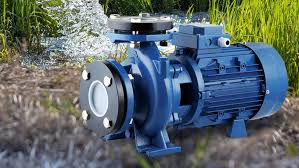
Irrigation pumps are essential for moving water efficiently from a source to farmlands, but like all mechanical systems, they can develop problems that disrupt operations. Understanding common issues and applying proper maintenance can help farmers avoid downtime, reduce repair costs, and extend pump lifespan.
Common Problems
One frequent issue is low water flow or pressure, often caused by clogged filters, worn impellers, or air leaks in the suction line. This can lead to poor irrigation coverage and uneven crop watering. Another common problem is pump overheating, which usually results from running the pump dry, inadequate water supply, or motor issues. Noisy operation can indicate loose parts, cavitation (air bubbles forming inside the pump), or bearing failure. Electrical pumps may also face motor burnout due to voltage fluctuations, common in areas with unstable power supply.
Practical Maintenance Tips
Regular maintenance is key to preventing these problems. Farmers should inspect and clean filters frequently to prevent blockages. Checking the suction line for leaks and ensuring all fittings are airtight helps maintain proper suction. Lubricate bearings as recommended by the manufacturer and monitor unusual sounds or vibrations, which often signal early wear.
For electric pumps, use a voltage stabilizer or surge protector to protect the motor. For diesel or petrol-driven pumps, ensure regular oil changes and keep the engine clean. Also, avoid running pumps dry—always confirm there is enough water in the source before operation.
Finally, schedule periodic professional servicing to check impeller wear, seal condition, and overall efficiency. Preventive care not only extends pump life but also ensures consistent irrigation, reducing the risk of crop losses.

Leave Your Comment